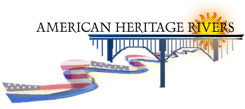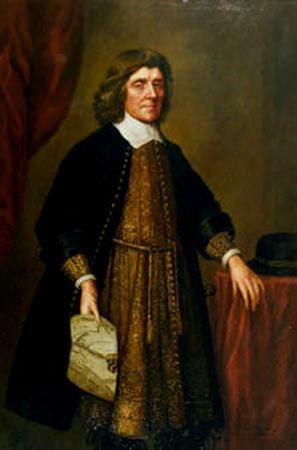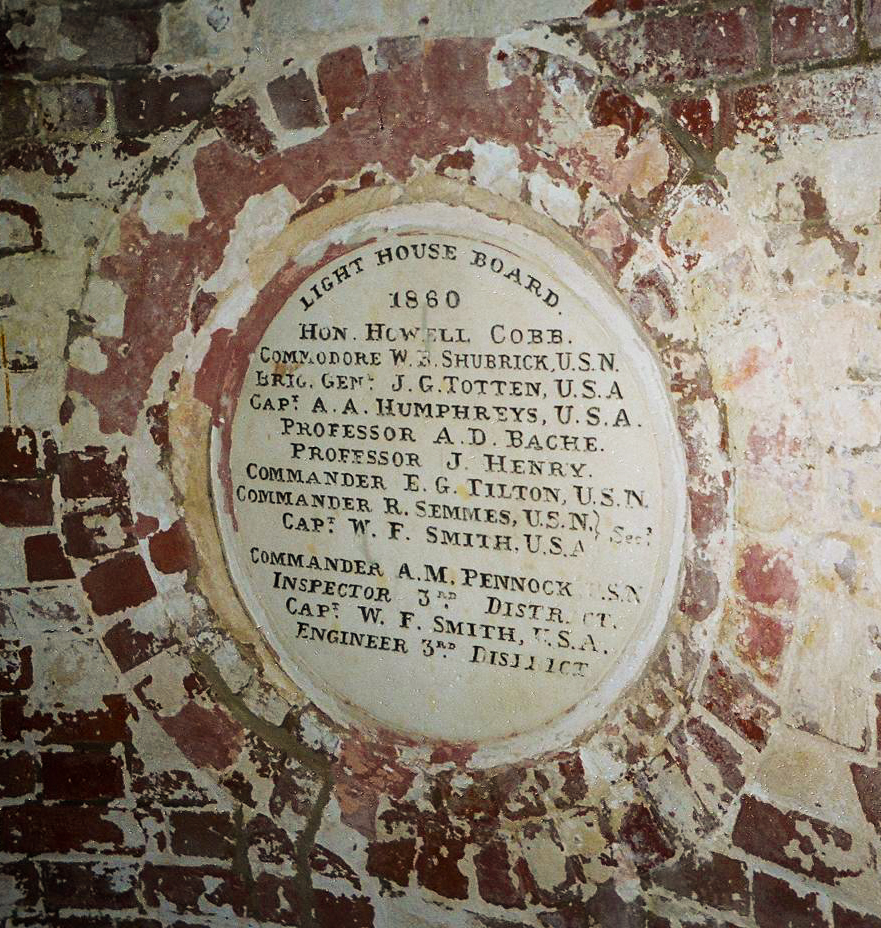|
Upper Cedar Point Light
The Upper Cedar Point Light was a screw-pile lighthouse in the Potomac River in Maryland. It was first lit in 1867 and served, except for a brief period of inactivity, until being dismantled in 1963. History The station had been served by a lightvessel since 1821. In 1867 a small square screw-pile structure was constructed at the site. It served until 1876, when the Mathias Point Light was constructed to the east. The Lighthouse Board received numerous complaints, however, and reactivated the light in 1882. Five years after the lighthouse was re-lit, Thomas Edwin Speake was the keeper. It remained active until 1963, when it was dismantled and replaced with a small automatic tower mounted on the original foundation. Upper Cedar Point Light was tended by a black keeper and assistant keeper for a time in the 1870s, one of the few American American(s) may refer to: * American, something of, from, or related to the United States of America, commonly known as the "United Sta ... [...More Info...] [...Related Items...] OR: [Wikipedia] [Google] [Baidu] |
Potomac River
The Potomac River () drains the Mid-Atlantic (United States), Mid-Atlantic United States, flowing from the Potomac Highlands of West Virginia, Potomac Highlands into Chesapeake Bay. It is long,U.S. Geological Survey. National Hydrography Dataset high-resolution flowline dataThe National Map. Retrieved August 15, 2011 with a Drainage basin, drainage area of 14,700 square miles (38,000 km2), and is the fourth-largest river along the East Coast of the United States and the 21st-largest in the United States. Over 5 million people live within its drainage basin, watershed. The river forms part of the borders between Maryland and Washington, D.C. on the left descending bank and between West Virginia and Virginia on the right descending bank. Except for a small portion of its headwaters in West Virginia, the #North Branch Potomac River, North Branch Potomac River is considered part of Maryland to the low-water mark on the opposite bank. The South Branch Potomac River lies comple ... [...More Info...] [...Related Items...] OR: [Wikipedia] [Google] [Baidu] |
Screw-pile Lighthouse
A screw-pile lighthouse is a lighthouse which stands on piles that are screwed into sandy or muddy sea or river bottoms. The first screw-pile lighthouse to begin construction was built by the blind Irish engineer Alexander Mitchell. Construction began in 1838 at the mouth of the Thames and was known as the Maplin Sands lighthouse, and first lit in 1841. However, though its construction began later, the Wyre Light in Fleetwood, Lancashire, was the first to be lit (in 1840). In the United States, several screw-pile lighthouses were constructed in the Chesapeake Bay due to its estuarial soft bottom. North Carolina's sounds and river entrances also once had many screw-pile lights. The characteristic design is a -storey hexagonal wooden building with dormers and a cupola light room. History Non-screwpile (straightpile) tubular skeletal tower lighthouses were built, usually of cast-iron but also of wrought-iron piles, both onshore and offshore, typically on soft bottoms such as ... [...More Info...] [...Related Items...] OR: [Wikipedia] [Google] [Baidu] |
Cast-iron
Cast iron is a class of iron–carbon alloys with a carbon content more than 2%. Its usefulness derives from its relatively low melting temperature. The alloy constituents affect its color when fractured: white cast iron has carbide impurities which allow cracks to pass straight through, grey cast iron has graphite flakes which deflect a passing crack and initiate countless new cracks as the material breaks, and ductile cast iron has spherical graphite "nodules" which stop the crack from further progressing. Carbon (C), ranging from 1.8 to 4 wt%, and silicon (Si), 1–3 wt%, are the main alloying elements of cast iron. Iron alloys with lower carbon content are known as steel. Cast iron tends to be brittle, except for malleable cast irons. With its relatively low melting point, good fluidity, castability, excellent machinability, resistance to deformation and wear resistance, cast irons have become an engineering material with a wide range of applications an ... [...More Info...] [...Related Items...] OR: [Wikipedia] [Google] [Baidu] |
Wood
Wood is a porous and fibrous structural tissue found in the stems and roots of trees and other woody plants. It is an organic materiala natural composite of cellulose fibers that are strong in tension and embedded in a matrix of lignin that resists compression. Wood is sometimes defined as only the secondary xylem in the stems of trees, or it is defined more broadly to include the same type of tissue elsewhere such as in the roots of trees or shrubs. In a living tree it performs a support function, enabling woody plants to grow large or to stand up by themselves. It also conveys water and nutrients between the leaves, other growing tissues, and the roots. Wood may also refer to other plant materials with comparable properties, and to material engineered from wood, or woodchips or fiber. Wood has been used for thousands of years for fuel, as a construction material, for making tools and weapons, furniture and paper. More recently it emerged as a feedstock for the ... [...More Info...] [...Related Items...] OR: [Wikipedia] [Google] [Baidu] |
Screw-pile Lighthouse
A screw-pile lighthouse is a lighthouse which stands on piles that are screwed into sandy or muddy sea or river bottoms. The first screw-pile lighthouse to begin construction was built by the blind Irish engineer Alexander Mitchell. Construction began in 1838 at the mouth of the Thames and was known as the Maplin Sands lighthouse, and first lit in 1841. However, though its construction began later, the Wyre Light in Fleetwood, Lancashire, was the first to be lit (in 1840). In the United States, several screw-pile lighthouses were constructed in the Chesapeake Bay due to its estuarial soft bottom. North Carolina's sounds and river entrances also once had many screw-pile lights. The characteristic design is a -storey hexagonal wooden building with dormers and a cupola light room. History Non-screwpile (straightpile) tubular skeletal tower lighthouses were built, usually of cast-iron but also of wrought-iron piles, both onshore and offshore, typically on soft bottoms such as ... [...More Info...] [...Related Items...] OR: [Wikipedia] [Google] [Baidu] |
Maryland
Maryland ( ) is a U.S. state, state in the Mid-Atlantic (United States), Mid-Atlantic region of the United States. It shares borders with Virginia, West Virginia, and the District of Columbia to its south and west; Pennsylvania to its north; and Delaware and the Atlantic Ocean to its east. Baltimore is the largest city in the state, and the capital is Annapolis, Maryland, Annapolis. Among its occasional nicknames are ''Maryland 400, Old Line State'', the ''Free State'', and the ''Chesapeake Bay State''. It is named after Henrietta Maria, the French-born queen of England, Scotland, and Ireland, who was known then in England as Mary. Before its coastline was explored by Europeans in the 16th century, Maryland was inhabited by several groups of Native Americans – mostly by Algonquian peoples and, to a lesser degree, Iroquoian peoples, Iroquoian and Siouan languages, Siouan. As one of the original Thirteen Colonies of England, Maryland was founded by George Calvert, 1st Baron Ba ... [...More Info...] [...Related Items...] OR: [Wikipedia] [Google] [Baidu] |
Lightvessel
A lightvessel, or lightship, is a ship that acts as a lighthouse. They are used in waters that are too deep or otherwise unsuitable for lighthouse construction. Although some records exist of fire beacons being placed on ships in Roman times, the first modern lightvessel was off the Nore sandbank at the mouth of the River Thames in England, placed there by its inventor Robert Hamblin in 1734. The type has become largely obsolete; lighthouses replaced some stations as the construction techniques for lighthouses advanced, while large, automated buoys replaced others. Construction A crucial element of lightvessel design is the mounting of a light on a sufficiently tall mast. Initially, it consisted of oil lamps that could be run up the mast and lowered for servicing. Later vessels carried fixed lamps which were serviced in place. Fresnel lenses were used as they became available, and many vessels housed them in small versions of the lanterns used in lighthouses. Some lightshi ... [...More Info...] [...Related Items...] OR: [Wikipedia] [Google] [Baidu] |
Mathias Point Light
The Mathias Point Light was a screw-pile lighthouse in the Potomac River in Maryland; the station was located near the Port Tobacco River. It was particularly noted for its ornate woodwork. History Funds for a light near Quantico, Virginia were appropriated in 1872. An engineering study recommended instead that lights be built downstream, and an appropriation was made in 1874 to build a light on Port Tobacco Flats, with a day beacon for Mathias Point. By the time construction began the two were switched, and the light was completed in 1876. Matthias Point was like no other screw-pile structure on the bay, with much decorative woodwork and a distinctive three tiered structure that some described as resembling a wedding cake A wedding cake is the traditional cake served at wedding receptions following dinner. In some parts of England, the wedding cake is served at a wedding breakfast; the 'wedding breakfast' does not mean the meal will be held in the morning, but at .... It was ... [...More Info...] [...Related Items...] OR: [Wikipedia] [Google] [Baidu] |
United States Lighthouse Board
The United States Lighthouse Board was the second agency of the U.S. federal government, under the Department of Treasury, responsible for the construction and maintenance of all lighthouses and navigation aids in the United States, between 1852 and 1910. The new agency was created following complaints of the shipping industry of the previous administration of lighthouses under the Treasury's Lighthouse Establishment, which had had jurisdiction since 1791, and since 1820, been under the control of Stephen Pleasonton. The quasi-military board first met on April 28, 1851, and with its establishment, the administration of lighthouses and other aids to navigation would take their largest leap toward modernization since the inception of federal government control.Amy K. Marshall "Frequently Close to the Point of Peril: A History of Buoys and Tenders in U.S. Coastal Waters, 1789–1939'", A Master's Thesis In 1910, the Lighthouse Board was disestablished in favor of a more civilian ... [...More Info...] [...Related Items...] OR: [Wikipedia] [Google] [Baidu] |
Lighthouse Keeper
A lighthouse keeper or lightkeeper is a person responsible for tending and caring for a lighthouse, particularly the light and lens in the days when oil lamps and clockwork mechanisms were used. Lighthouse keepers were sometimes referred to as "wickies" because of their job trimming the wicks. Duties and functions Historically, lighthouse keepers were needed to trim the wicks, replenish fuel, wind clockworks and perform maintenance tasks such as cleaning lenses and windows. They were also responsible for the fog signal and the weather station, and played a major role in search and rescue at sea. Because most lighthouses are located in remote, isolated or inaccessible areas on islands and coastlines, it was typical for the work of lighthouse keeper to remain within a family, passing from parents to child, all of whom lived in or near the lighthouse itself. "Stag light" was an unofficial term given to some isolated lighthouses in the United States Lighthouse Service. It meant st ... [...More Info...] [...Related Items...] OR: [Wikipedia] [Google] [Baidu] |
United States
The United States of America (U.S.A. or USA), commonly known as the United States (U.S. or US) or America, is a country primarily located in North America. It consists of 50 U.S. state, states, a Washington, D.C., federal district, five major unincorporated territories, nine United States Minor Outlying Islands, Minor Outlying Islands, and 326 Indian reservations. The United States is also in Compact of Free Association, free association with three Oceania, Pacific Island Sovereign state, sovereign states: the Federated States of Micronesia, the Marshall Islands, and the Palau, Republic of Palau. It is the world's List of countries and dependencies by area, third-largest country by both land and total area. It shares land borders Canada–United States border, with Canada to its north and Mexico–United States border, with Mexico to its south and has maritime borders with the Bahamas, Cuba, Russia, and other nations. With a population of over 333 million, it is the List of ... [...More Info...] [...Related Items...] OR: [Wikipedia] [Google] [Baidu] |
Lighthouses Completed In 1867
A lighthouse is a tower, building, or other type of physical structure designed to emit light from a system of lamps and lenses and to serve as a beacon for navigational aid, for maritime pilots at sea or on inland waterways. Lighthouses mark dangerous coastlines, hazardous shoals, reefs, rocks, and safe entries to harbors; they also assist in aerial navigation. Once widely used, the number of operational lighthouses has declined due to the expense of maintenance and has become uneconomical since the advent of much cheaper, more sophisticated and effective electronic navigational systems. History Ancient lighthouses Before the development of clearly defined ports, mariners were guided by fires built on hilltops. Since elevating the fire would improve the visibility, placing the fire on a platform became a practice that led to the development of the lighthouse. In antiquity, the lighthouse functioned more as an entrance marker to ports than as a warning signal for reefs and ... [...More Info...] [...Related Items...] OR: [Wikipedia] [Google] [Baidu] |






